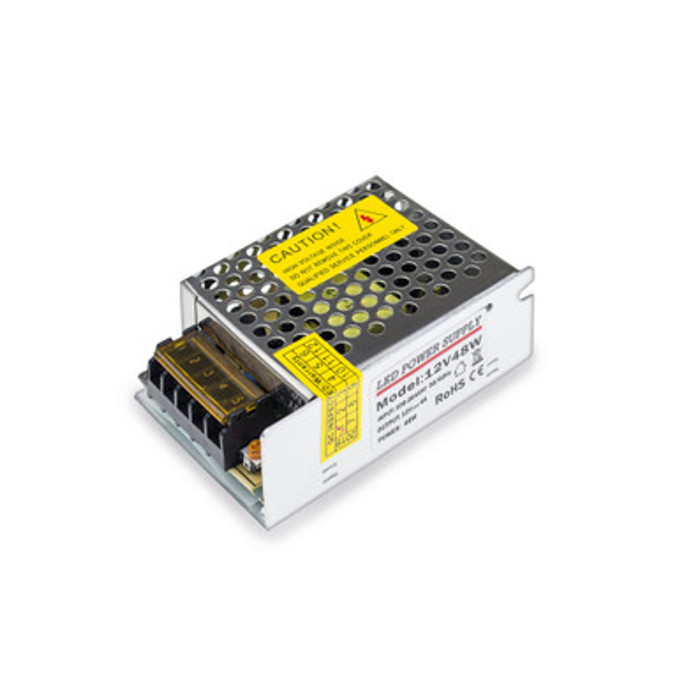
Choosing The Correct Driver For Your LED Strip Lights
Posted by Amit Soni on 23rd Jan 2025
LED lighting, particularly LED strip lights, has become increasingly popular due to its energy efficiency and versatility. However, selecting the appropriate LED driver is crucial to ensure optimal performance and longevity of your lighting system. This guide provides updated information to assist you in choosing the correct driver for your LED strip lights.
What Is an LED Driver?
An LED driver, sometimes referred to as a transformer or power supply, is a self-contained unit that regulates the power to match the voltage and current requirements of the LED strip lights. Since LED strips typically operate on low-voltage direct current (DC), an LED driver converts the higher voltage alternating current (AC) from the mains supply to the appropriate low-voltage DC.
Types of LED Drivers
LED drivers are broadly categorised into two types:
1. Constant Voltage Drivers: These drivers provide a fixed output voltage, commonly 12V or 24V DC, suitable for LED strips designed to operate at these specific voltages. It's essential to match the driver's output voltage with the voltage requirement of your LED strip.
2. Constant Current Drivers: These drivers deliver a fixed current and are typically used for high-power LEDs rather than standard LED strips. For most LED strip light applications, constant voltage drivers are appropriate.
Choosing the Right LED Driver
When selecting an LED driver, consider the following factors:
- Voltage Compatibility: Ensure the driver's output voltage matches the voltage requirement of your LED strip lights. For instance, if your LED strips require 12V DC, use a 12V driver.
- Wattage Capacity: Calculate the total power consumption of your LED strips and choose a driver that can handle this load. It's advisable to select a driver with a wattage rating approximately 20% higher than your total load to ensure reliability and longevity.
- Dimming Options: If you require dimmable lighting, ensure the driver is compatible with your dimming controls. Not all LED drivers support dimming, so verify this feature before purchasing.
- Environmental Considerations: For installations in damp or wet environments, select drivers with appropriate Ingress Protection (IP) ratings, such as IP65 or higher, to ensure durability and safety.
Calculating the Required Driver Wattage
To determine the appropriate driver wattage:
1. Identify the wattage per metre of your LED strip (e.g., 7.2W per metre).
2. Multiply this by the total length of the strip in metres (e.g., 5 metres).
3. Add a 20% safety margin to the total wattage to prevent overloading the driver.
Example:
If you have 5 metres of LED strip consuming 7.2W per metre:
- Total wattage = 7.2W/m × 5m = 36W
- Adding 20% safety margin: 36W × 1.2 = 43.2W
In this case, a driver with a minimum wattage rating of 45W would be suitable.
Installation Considerations
- Plug-and-Play Drivers: These drivers connect to the mains supply via a standard UK 3-pin plug and to the LED strips through compatible connectors, allowing for straightforward installation without the need for professional assistance.
- Hardwired Drivers: Designed for permanent installations, these drivers are wired directly into the existing electrical circuit. It's recommended to have a qualified electrician perform the installation to ensure compliance with safety standards.
In conclusion, selecting the correct LED driver is essential for the safe and efficient operation of your LED strip lights. By considering factors such as voltage compatibility, wattage capacity, dimming requirements, and environmental conditions, you can ensure a reliable and long-lasting lighting setup. For further assistance, consult with a lighting professional or contact reputable suppliers who can provide guidance tailored to your specific needs.





